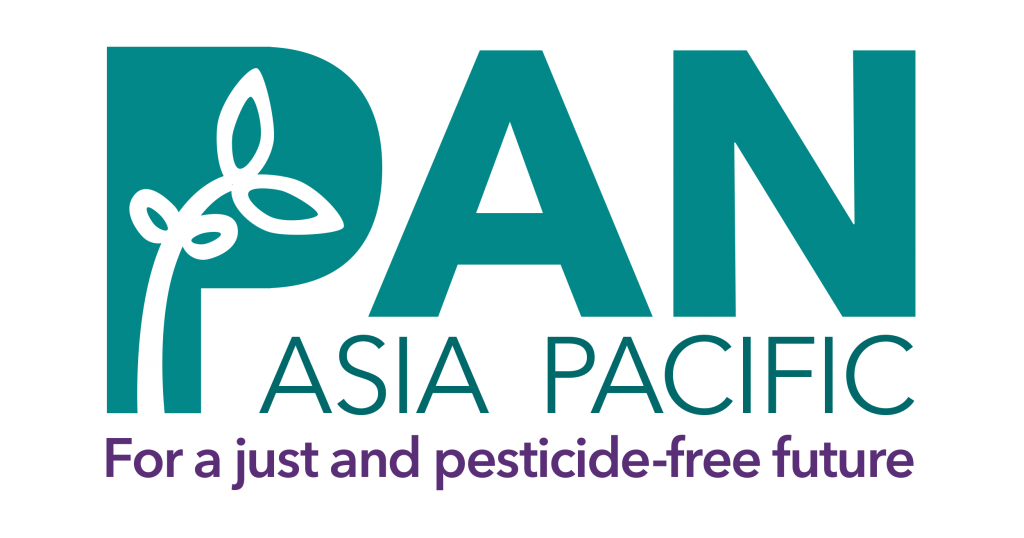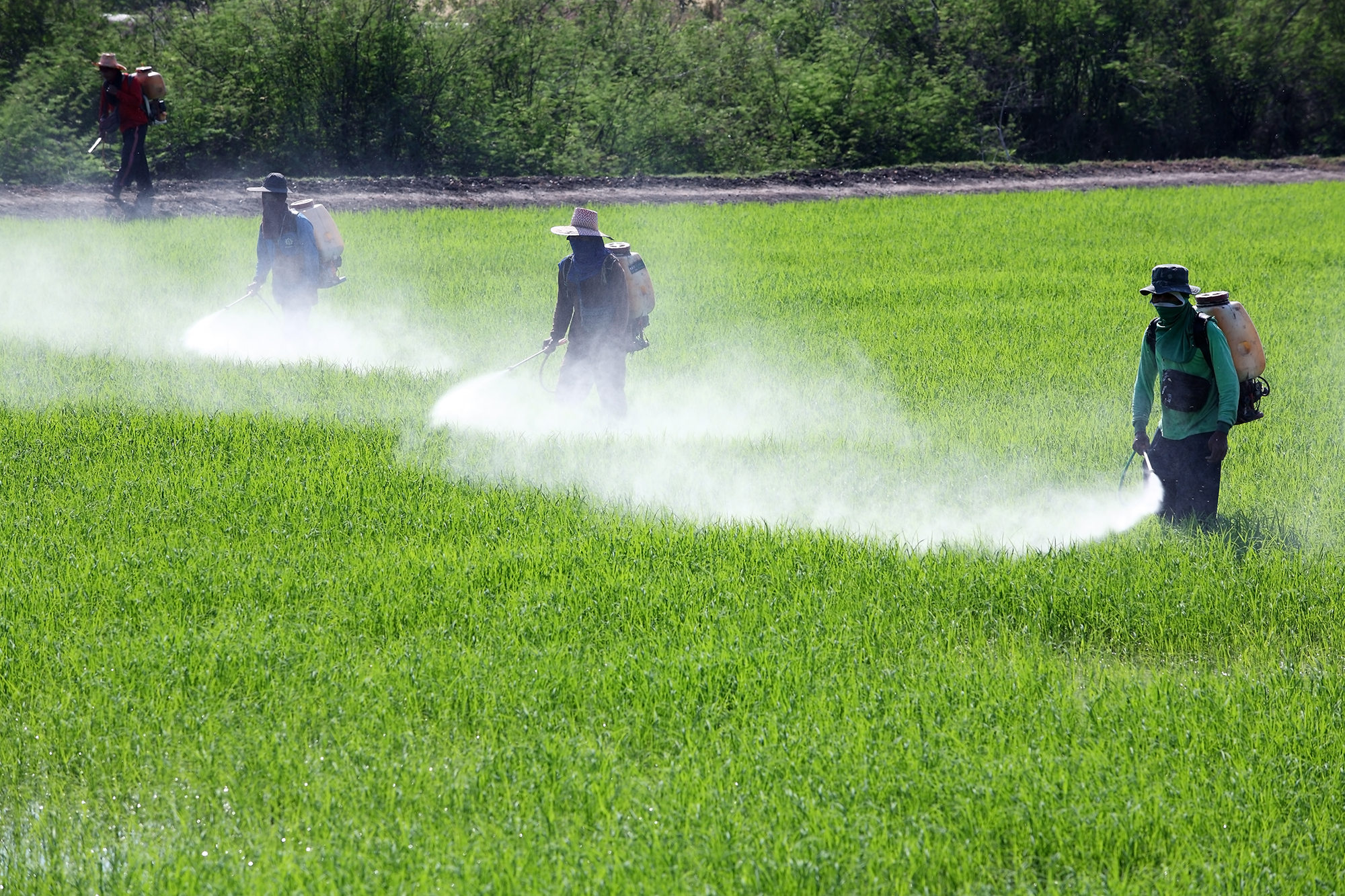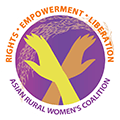Two weeks ago, the United Nations Environment Programme (UNEP) published a report on the environmental and health impacts of pesticides and fertilizers and ways to minimize those impacts.1 The report was a requested in the third session of United Nations Environment Assembly Resolutions 3/4, On Environment and Health,2 and requested “the Executive Director to present a report on the environmental and health impacts of pesticides and fertilizers and ways of minimizing them, given the lack of data in that regard, in collaboration with the World Health Organization, the Food and Agriculture Organization of the United Nations and other relevant organizations by the fifth session of the United Nations Environment Assembly.”
The above UNEP report quoted a peer-reviewed study published by BMC Public Health3 that there are approximately 385 million cases of non-fatal unintentional pesticide poisonings every year, a vast increase from the 25 million estimated by WHO in 1990. There are additionally 11,000 deaths from accidental pesticide each year, with most occurring in South Asia. The report added that, “Pesticide exposure is associated with cancers and neurological, immunological, and reproductive effects, among other health impacts. Pesticides cause both acute and long-term health impacts. Pesticides are omnipresent in the environment, including in soils and surface and groundwater, and are frequently detected at levels that exceed legal or environmental standards. Adverse impacts are mainly caused by excessive and inefficient use, leading to nutrient losses, drinking water contamination, and eutrophication of freshwater systems and coastal zones.”
Current trade rules allow countries to export pesticides banned in their own countries, including for health or environmental reasons. This double standard is rampant particularly in Europe and Asia, facilitated by big transnational corporations and the governments that allow it. The double standards, although now being questioned on ethical grounds, still continue: PAN Germany found that as of 2017, Germany exported thousands of tonnes of nine pesticides which are banned for use in the EU, including the pesticides cyanamide, acetochlor, and tepraloxydim, which are listed by the EU as carcinogenic and toxic to reproduction.4 In another study by Public Eye, “according to estimates, in 2017, 51 of the 120 pesticide active ingredients in Syngenta’s portfolio are not authorized for use in its home country, Switzerland.”5
It is not surprising then that a report of more than 2,000 interviews conducted in seven Asian countries, published by PAN Asia and Pacific, showed that 70% of small-scale farmers and agricultural workers suffer from symptoms of acute poisoning.6 Similar figures are reported in Latin America.
In response to the serious, adverse impacts of pesticides on health and the environment particularly affecting vulnerable people including children, women and men farmers and workers, we call for the inclusion of the recommendations in the UNEP report to be reflected in the Mid-Term Strategy. It is essential that clear targets are identified to address this problem and we recommend that by 2030, the use of Highly Hazardous Pesticides is eliminated from agriculture, as is the goal of the draft FAO Global Plan of Action on HHPs.7
In 2017, the UN Special Rapporteurs on the right to food, Hilal Elver and on Toxics, Baskut Tuncak, presented to the Human Rights Council a clear account of the unacceptable impacts of pesticides on human rights and on health and the environment. They also noted that a “comprehensive treaty that regulates highly hazardous pesticides does not exist, leaving a critical gap in the human rights protection framework.”8
We call for a global mechanism for the life-cycle management of pesticides including:
- The phase out of Highly Hazardous Pesticides;
- End of double standards in pesticides trade, or exporting of pesticides that are banned in their countries of origin for health or environmental reasons; and
- The replacement of HHPs by safer alternatives, particularly approaches as recommended by the ICCM 5.
Agroecology is an economically viable and socially just approach to sustainable agriculture and food systems that fits into ecosystem-based approaches and nature-based solutions. Agroecology should be the cornerstone of the solution to effectively replace highly hazardous pesticides.
More crucially so, agroecology supports small food producers. Agroecology protects the health and environment of food producers and their communities, as well as that of consumers. It ensures their livelihood and helps to advance people’s food sovereignty.
________
7 Proposed by the FAO Council in 2006, and the goal of the draft FAO Global Plan of Action on HHPs








Discussion about this post